Nous nous sommes réveillé très tôt parce qu’il fallait rendre la cabine à 8h30. En effet ce matin on arrive à Kirkenes, c’est donc la fin de la croisière. Un monsieur nous attendait avec une toute petite voiture : une Kia Picato. On a cherché des hôtels partout mais tous étaient complets. Finalement on a trouvé un chalet à 15 km de Kirkenes. C’est un tout petit chalet au milieu de la nature. Papa a le nez pour trouver des endroit bien. Il y a une terrasse d’où l’on voit une rivière. De l’autre côté de la rivière c’est la Russie. on 250 m du poste frontière! Dans le chalet il y a un lit, 2 fauteuils, une petite cuisine et une salle de bains avec douche et wc. On a même un frigo. On va y rester 2 jours. Ça me plaît beaucoup.
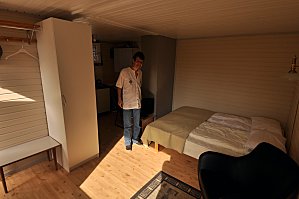
Cet après midi nous avons été à Grense Jacobselv. C’est le village frontière qui donne sur la mer de Barentz, à 50 km d’ici. La route passait sur un petit pont en bois, et elle était très mauvaise, avec des trous partout. Les 10 derniers km il n’y avait même pas de goudron, c’était une piste. Dans la voiture on était trop secoués. La route passait dans les montagnes et il y a plein de mares, de lacs partout et un grand fjord. A la fin elle longe la frontière qui est au milieu de la rivière. On s’est arrêté à côté d’une petite église, avec son petit cimetière. C’était très calme et silencieux. Les tombes étaient très vieilles. On a fait une petite ballade jusqu’au grillage de la frontière.
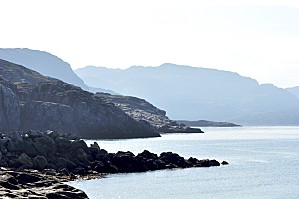
Après cela nous nous sommes assis sur les rochers face à la mer. Il faisait très chaud le soleil était brûlant. Incroyable non ? La mer était très calme, pas de vent. Papa s’est allongé sur les rochers et a ronflé comme un cochon. Nous sommes rentrés faire une petite promenade le long de la rivière et papa m’a emmené boire une limonade au restaurant des chalets. Après nous sommes repartis dans la forêt où tous les chemins étaient boueux. On a pas pu aller jusqu’au bout car c’était gorgé d’eau. On se serait enfoncé dans la mousse jusqu’aux chevilles.
Enfin nous sommes allés au restaurant italien ou j’ai mangé des pâtes à la carbonara.

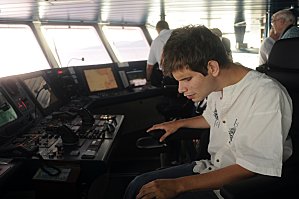
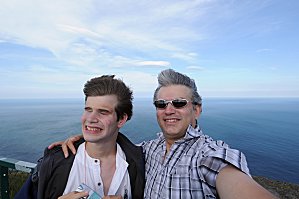
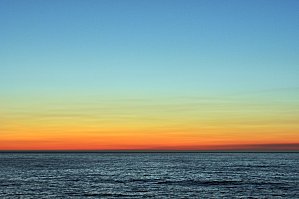

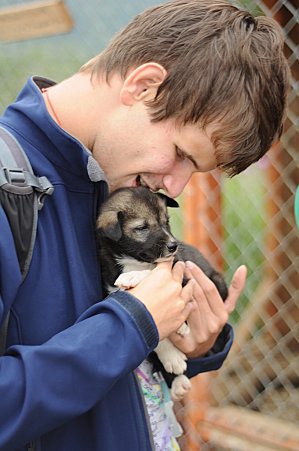 Les chiens sont très fort pour tirer les traîneaux l’hiver comme l’été. Stéphanie nous a emmené voir un traîneau pour nous expliquer l’attelage. Il y a 2 freins, le frein dur qui rentre dans la neige, pour s’arrêter et le frein mou pour ralentir. C’est des crampons de motoneige et le musher appuie dessus. Les 2 qui sont juste devant le traîneau sont très forts, des grands mâles. En tête il y a le meneur. 80% sont des femelles parce qu’elles sont plus intelligentes (c’est Stéphanie qui le dit).
Les chiens sont très fort pour tirer les traîneaux l’hiver comme l’été. Stéphanie nous a emmené voir un traîneau pour nous expliquer l’attelage. Il y a 2 freins, le frein dur qui rentre dans la neige, pour s’arrêter et le frein mou pour ralentir. C’est des crampons de motoneige et le musher appuie dessus. Les 2 qui sont juste devant le traîneau sont très forts, des grands mâles. En tête il y a le meneur. 80% sont des femelles parce qu’elles sont plus intelligentes (c’est Stéphanie qui le dit).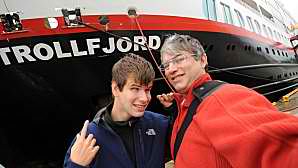
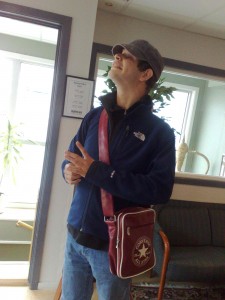
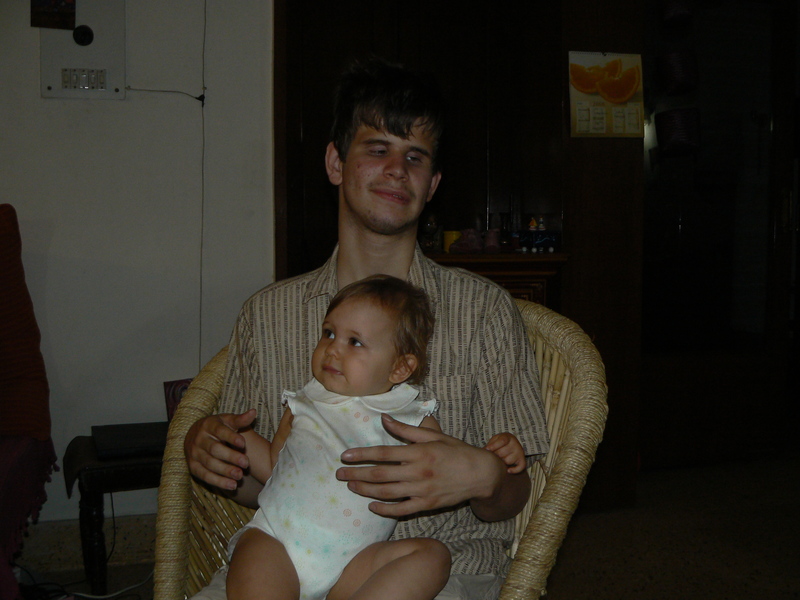
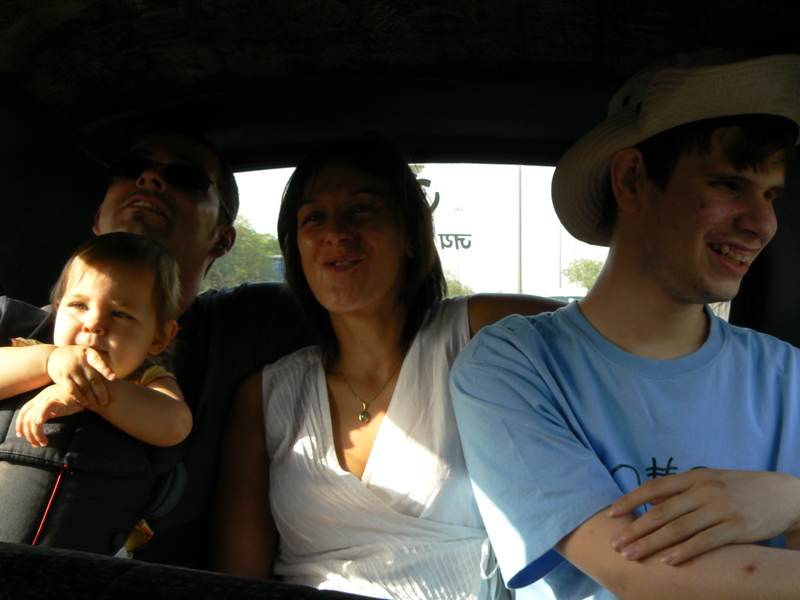
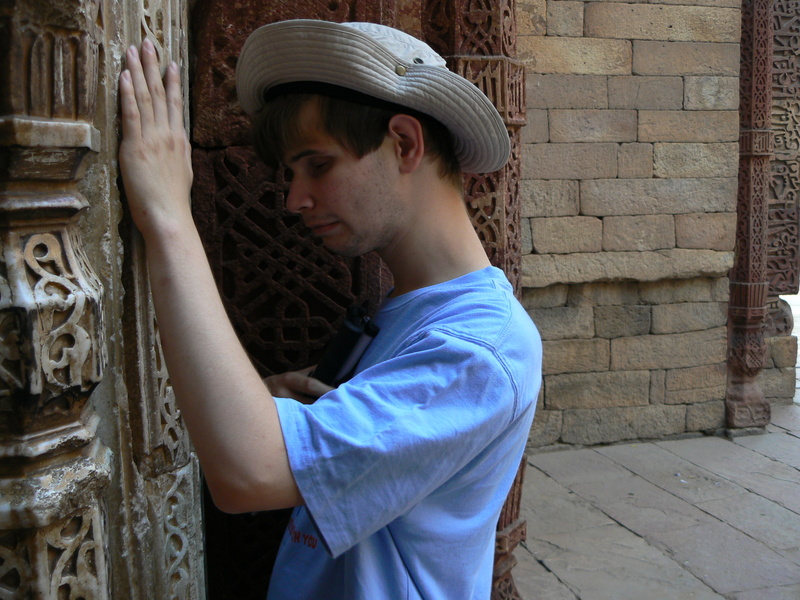
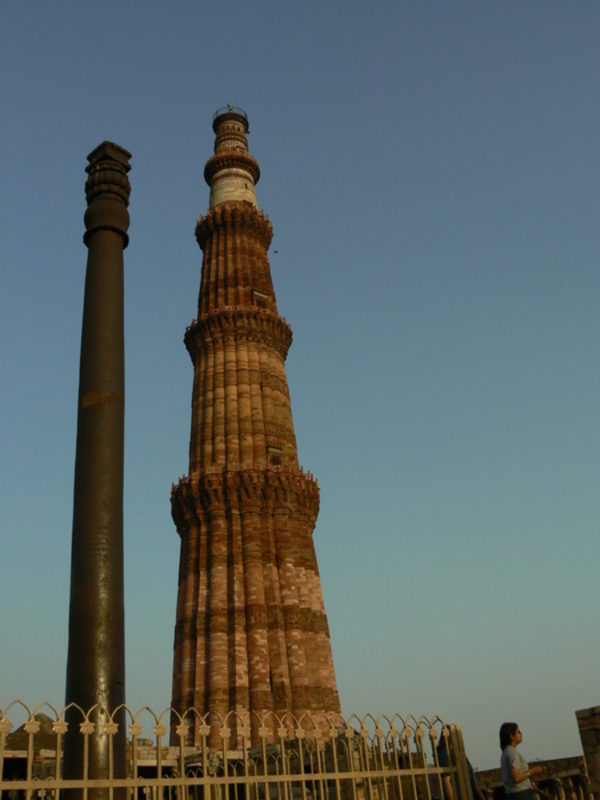
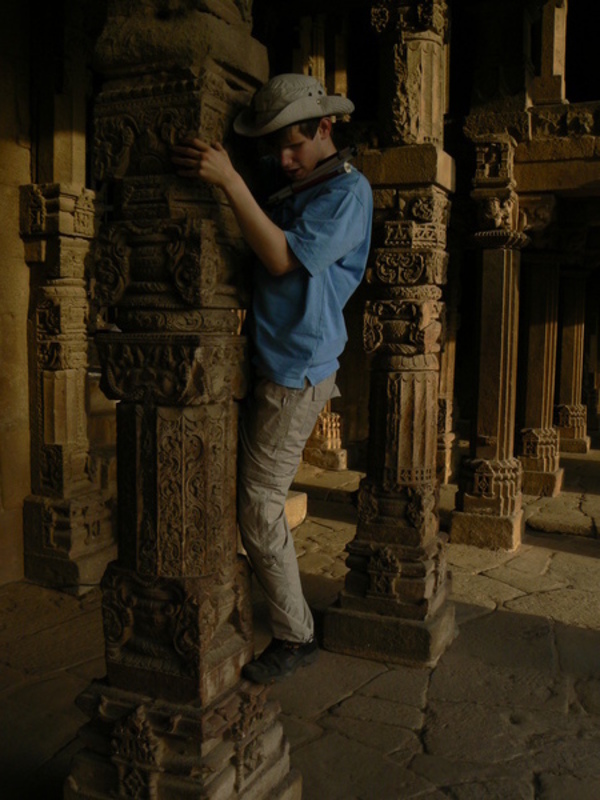
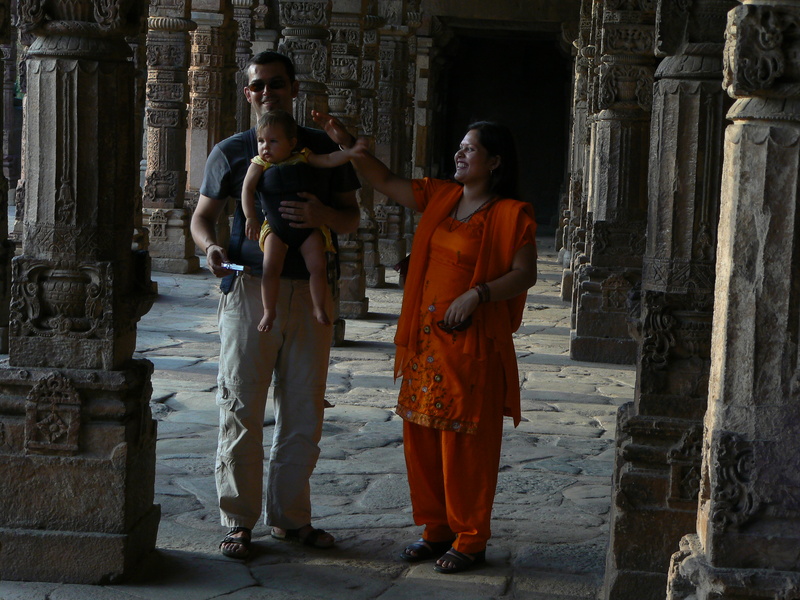
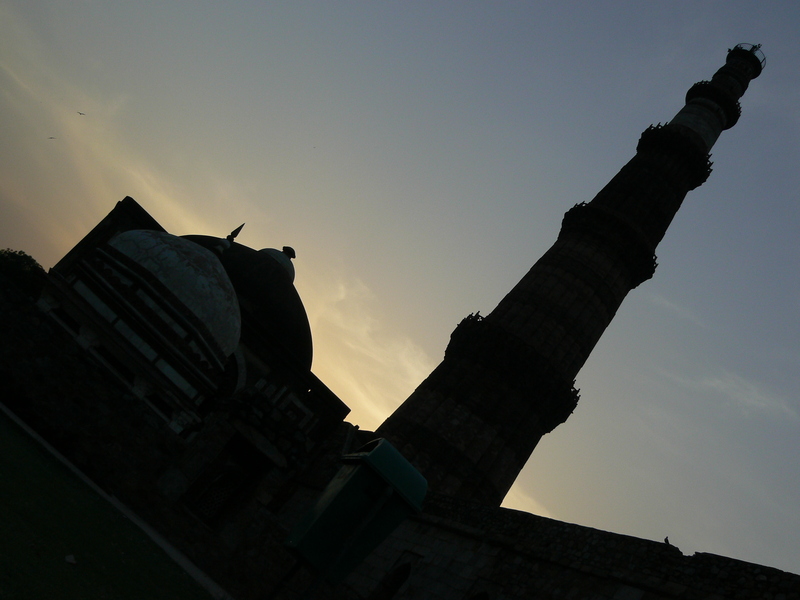
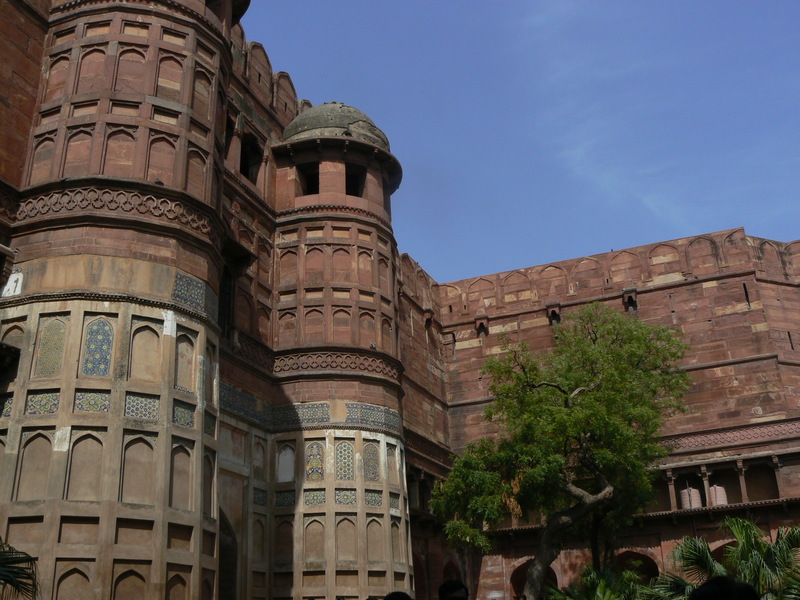
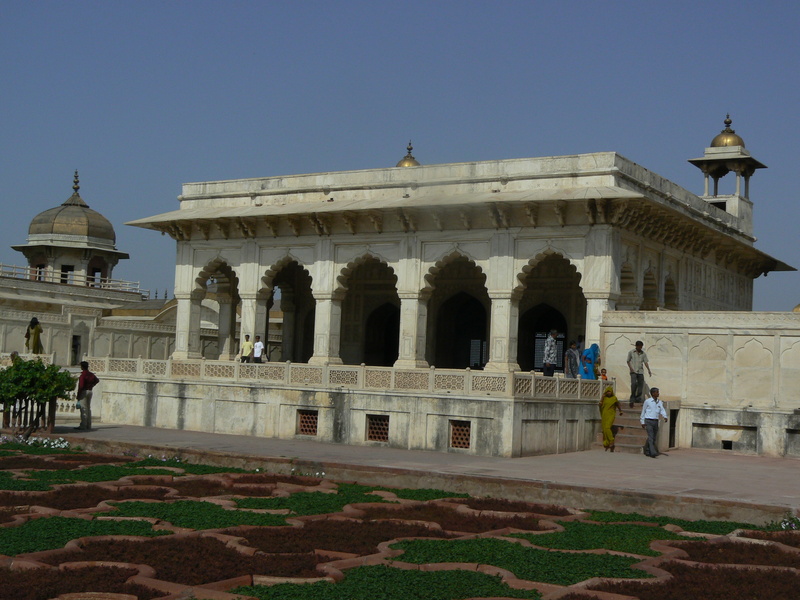

Commentaires récents